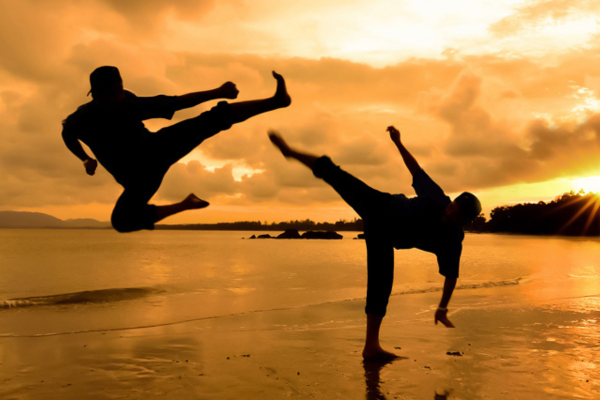The change of martial arts over the years

Martial arts have their roots in ancient civilizations such as China, Japan and Greece. Traditional disciplines such as Kung Fu and Karate were not only meant for fighting, but also served as a way to develop physical and mental discipline. In China, the first forms of martial arts were often linked to spiritual and philosophical principles, such as the search for balance and inner strength. This made martial arts an integral part of the culture and daily life of the dedicated practitioners.
Additionally, many of these traditional martial arts were tied to military training. In ancient Japan, for example, Jiu-Jitsu was developed as a way for warriors to defend themselves when unarmed. The learning process involved techniques that emphasized discipline, respect, and perseverance, which can still be seen in modern dojos and training studios around the world today. These martial arts continue to be a source of inspiration for many.
The shift to competitive and regulated sports

During the 20th century, the focus began to shift from traditional, often ceremonial forms of martial arts to competitive sports with clear rules and structures. Boxing, which had existed for centuries, was given new impetus by professional competitions and titles, and became a popular sport worldwide. This period also saw the introduction of martial arts such as Judo and Taekwondo to the Olympic Games, which led to a wider recognition and appreciation of these disciplines.
The popularity of competitive sports also brought about innovations in training techniques and safety. Protective gear such as head guards and mouth guards became standard to reduce the risk of injury. This made martial arts more accessible and safer to a wider audience, from amateurs to professionals.
The impact of modern technology and the rise of MMA
In recent decades, the advent of modern technology and the growth of MMA have revolutionized the world of combat sports. MMA combines techniques from disciplines such as Brazilian Jiu-Jitsu, Muay Thai, and wrestling, and has led to a new level of versatility and effectiveness. The explosion in popularity of MMA, in part due to organizations such as the UFC, has put combat sports in a more modern and commercial light.
In addition, technology has also found its way into training methods and equipment. Virtual training programs, advanced punching bags with built-in sensors, and video evaluations of techniques are now available to optimize the learning process. This makes it easier for both beginners and experienced fighters to improve their skills and perfect specific movements.
Who are martial arts for these days?

Martial arts are popular with a wide and diverse audience today. For children, they offer the opportunity to develop discipline, self-confidence and motor skills. Parents consciously choose martial arts because they have a positive influence on both the physical and mental growth of their children. Young people and adults often embrace martial arts as a way to stay fit, reduce stress and become mentally stronger, with the added benefit of improved self-awareness.
Seniors are also increasingly taking up martial arts, especially through training that is specifically tailored to focus on balance, flexibility, and overall health. The accessibility and variety of disciplines, from traditional styles like karate and judo to modern fitness-oriented martial arts, ensures that there is something for everyone. This allows people of all ages and fitness levels to find a form of martial arts that fits their personal goals and needs. What do you want to achieve with your martial arts training, increased self-confidence, physical fitness, or competition?
Are you ready to take your training to the next level? Discover our extensive collection of martial arts gear. Choose quality and comfort to get the best out of yourself – start shopping now and experience the difference!
 Nederlands
Nederlands English
English Deutsch
Deutsch Français
Français


Welke vechtsport raden jullie aan voor iemand die net wil beginnen en vooral zijn conditie wil verbeteren?
Leave a comment